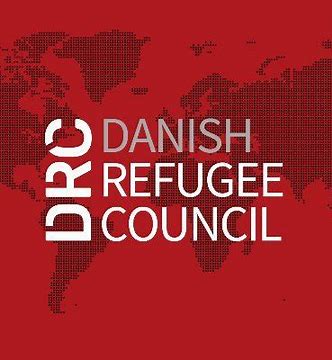The updated forecasts align well with the preliminary forecast report, i.e., the responsibility of hosting and supporting displaced people will continue to disproportionately fall on fragile, low-income countries – including both new, forecasted displacements as well as existing protracted displacement. The forecasts underscore that displacement will continue to grow as long as concerted efforts to address the root causes of displacement, and funding to respond to the needs that arise as a consequence, remain below what is required.

This report presents the expected forced displacement in 2023 and 2024, as forecasted by the Foresight model. The Foresight model was developed by DRC and IBM with funding from the Danish Ministry of Foreign Affairs and currently funded by ECHO. The model uses the historical relationships and patterns in the data on 148 displacement relevant indicators from 18 different open sources to, with a high degree of accuracy, forecast the total number of forcibly displaced people one to three years into the future. DRC uses the Foresight model to support country operations and the wider humanitarian system with more accurate forecasts for strategic planning for better prevention, response to and protection of displacement-affected populations.
The model has been employed to forecast the cumulative number of people displaced from 26 countries1 that have ongoing and evolving displacement crises. These countries account for approximately 92% of all global displacement.
The report is an update to the preliminary displacement forecasts in the Global Displacement Forecast 2023 report launched in March 2023. The forecasts have been updated as of end-June to reflect the final, released annual data on the number of IDPs, asylum seekers and refugees in 2022. More information on the methodology and sources used is available here.
The report briefly introduces some of the major displacement events that have happened so far in 2023 before introducing the updated forecasted displacement for 2023 and 2024.
It should be noted that the Foresight tool does not aim duplicate the existing data collection tools mentioned above, it is intended for deciphering the interplay of complex triggers such as governance, climate, conflict and political-economy considerations, among others, to project the future displacements development. The purpose being to facilitate more effective planning and response within the humanitarian community. In doing so it addresses two critical challenges: (1) the ability to address displacement issues, through a longer-term lens of durable solutions, resilience and responding to the root causes of displacement and (2) utilizing the available and limited resources with the highest efficacy.
By projecting with a two-year horizon, it equips the humanitarian community with reliable data projections, for planning operations, programmes, advocacy and funding needs that will arise. Moreover, it allows for joint planning with traditional development actors, including governments who also rely on forward looking planning tools such as national development plans and 5 years plans. While the tools offer many opportunities a key limitation is the inability to predict sudden, unprecedented crises such as Sudan in 2023 and Ukraine in 2022.
